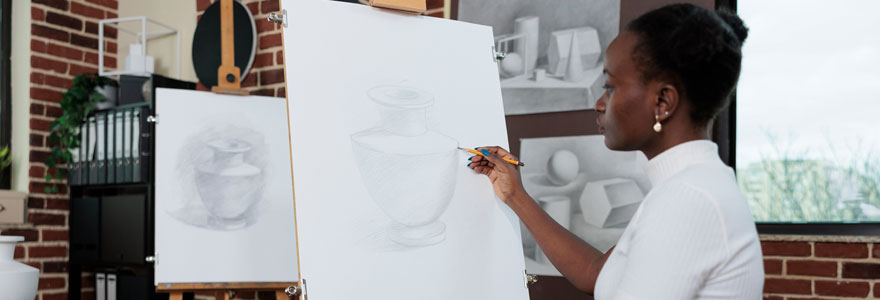
Art has long been recognized as a powerful medium through which artists can delve into the depths of their personal and cultural identities. By using various artistic forms such as painting, sculpture, literature, and performance, artists are able to express their unique experiences, emotions, and perspectives. Furthermore, art allows individuals to explore and confront the complex interplay between their personal identity and the cultural contexts in which they exist. This article delves into the ways in which artists use their creative expressions to explore and navigate the intricate realms of personal and cultural identity, challenging stereotypes, fostering dialogue, and promoting a deeper understanding of the human experience.
Exploring Personal Identity through Artistic Expression
Artistic expression serves as a profound means for individuals to explore and communicate their personal identity. Through their creative endeavors, artists can delve into their innermost thoughts, emotions, and experiences, offering a unique glimpse into their own sense of self. Whether through painting, writing, dance, or any other form of artistic expression, artists have the freedom to convey their individuality, struggles, and triumphs. By engaging in this introspective process, artists not only gain a deeper understanding of themselves but also invite viewers to reflect upon their own identities and connect on a deeply personal level. Artistic expression becomes a transformative journey of self-discovery and a celebration of the diverse tapestry of human existence. More here.
Delving into Cultural Identity through Art
Art has the power to explore and illuminate the intricacies of cultural identity. Artists often draw inspiration from their cultural heritage, traditions, and societal norms to create works that reflect their collective identity. Through their art, they delve into the complexities of their cultural roots, examining themes such as history, migration, language, and social dynamics. By visually representing their cultural experiences, artists not only celebrate their heritage but also challenge prevailing narratives and stereotypes. Art becomes a tool for cultural preservation, introspection, and a catalyst for fostering dialogue and understanding among different communities. It invites viewers to appreciate the richness and diversity of cultures, fostering empathy and promoting a more inclusive society.
Art as a Vehicle for Self-Reflection and Self-Discovery
Art serves as a powerful vehicle for individuals to engage in self-reflection and embark on a journey of self-discovery. Through the process of creating art, artists delve into their innermost thoughts, emotions, and experiences, exploring the depths of their own identities. Artistic expression provides a safe and cathartic space for artists to confront their fears, vulnerabilities, and aspirations. It allows them to express their authentic selves, pushing the boundaries of self-expression and embracing their uniqueness. As viewers engage with the art, they too are invited to reflect on their own identities and introspectively explore the complexities of being human. Art becomes a transformative tool for personal growth, fostering a deeper understanding of oneself and the world around us.
Challenging Stereotypes and Breaking Cultural Boundaries
Art has the remarkable ability to challenge stereotypes and break cultural boundaries. Through their work, artists can confront societal preconceptions, biases, and misconceptions about various identities and cultures. By presenting alternative narratives and perspectives, artists disrupt traditional norms and invite viewers to question their own assumptions. Artistic expression becomes a powerful tool for social commentary, addressing issues of race, gender, sexuality, and more. It encourages dialogue, empathy, and a deeper understanding of the diverse human experience. By defying expectations and pushing the boundaries of societal norms, artists pave the way for inclusivity, acceptance, and a celebration of our shared humanity.
Art as a Catalyst for Cultural Exchange and Dialogue
Art serves as a potent catalyst for cultural exchange and dialogue, transcending borders and fostering connections between diverse communities. Through exhibitions, performances, and collaborative projects, artists create spaces for cross-cultural interaction and understanding. Artistic expressions from different cultures intersect, sparking conversations that bridge gaps and promote mutual respect. By showcasing diverse perspectives and narratives, art encourages viewers to engage in dialogue, challenging their own beliefs and expanding their worldview. It promotes cultural appreciation, empathy, and the recognition of shared experiences that unite humanity. Art becomes a universal language that fosters connections, breaks down barriers, and celebrates the richness of our collective cultural heritage.